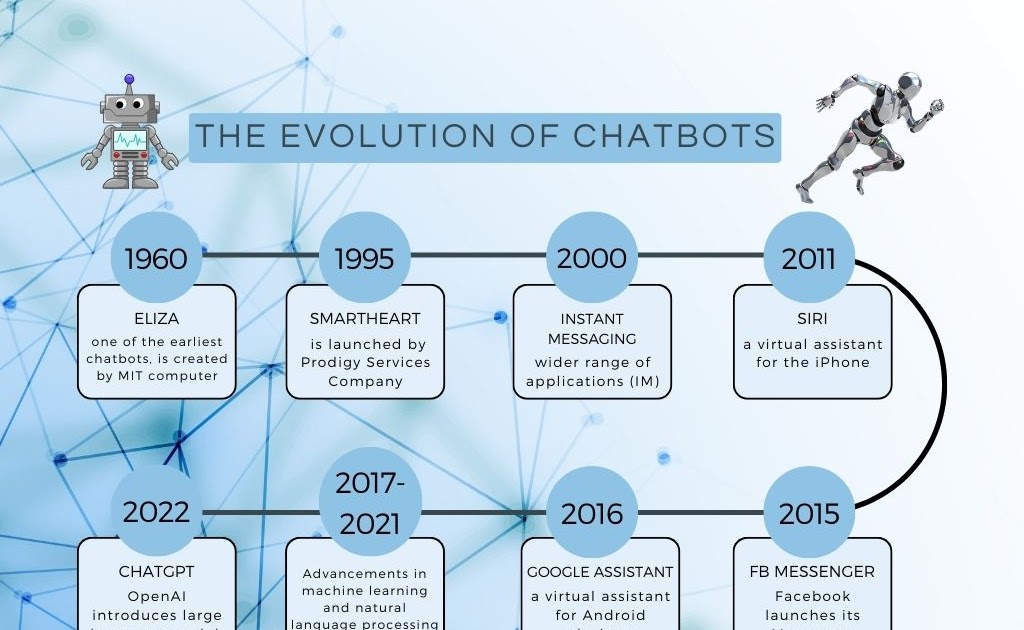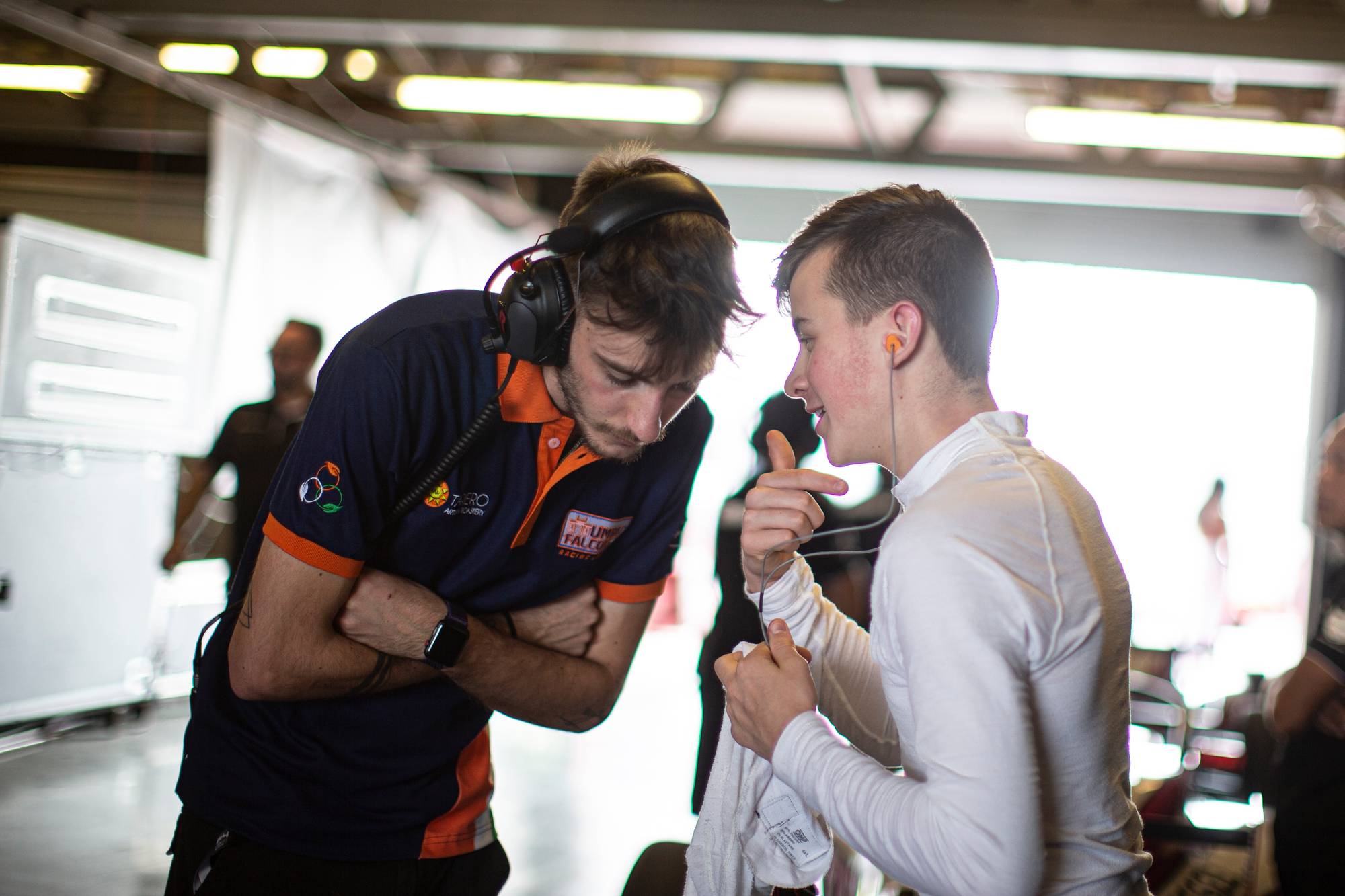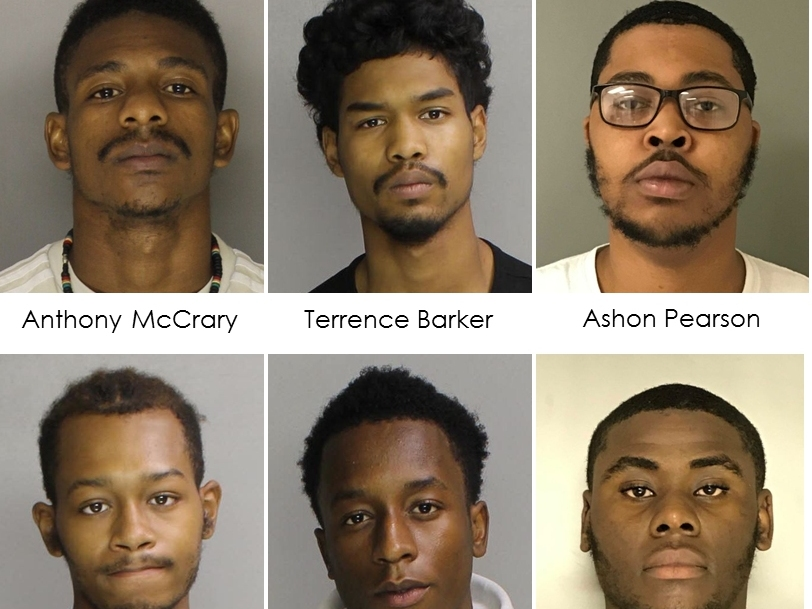Legal Battle Over Character AI Chatbots: Is Their Speech Protected?

Table of Contents
Defining the Scope of "Speech" for Character AI Chatbots
The legal definition of "speech" when applied to AI-generated content presents a novel challenge. Existing legal frameworks primarily address human expression, leaving the question of whether AI output constitutes "speech" largely unanswered.
Distinguishing AI-Generated Content from Human Expression
This central question forces us to examine the very nature of communication. Can an algorithm, lacking intent and consciousness, truly engage in "speech" as understood by legal precedent?
- Examination of existing case law related to computer-generated content: Current case law offers limited guidance, as most precedents deal with human-authored works incorporating computer assistance, not fully autonomous AI generation. Precedent related to copyright and authorship in the digital realm is being closely analyzed for applicability.
- The difficulty in assigning authorship and intent to AI-generated text: The lack of a human author complicates copyright and liability issues. Determining who, if anyone, "owns" the intellectual property rights of AI-generated content is a major point of contention. The concept of "intent," crucial in many legal contexts, is almost impossible to attribute to an AI.
- The potential impact of the Digital Millennium Copyright Act (DMCA): The DMCA, designed to protect copyrighted works in the digital age, might inadvertently limit or expand the protection afforded to Character AI chatbot output depending on interpretation. The safe harbor provisions, for instance, could become highly relevant in determining platform liability.
Copyright Implications of Character AI Chatbot Output
Copyright protection traditionally hinges on originality and human authorship. Applying this to AI-generated text raises several crucial issues.
- Discussion of the "sweat of the brow" doctrine and its applicability to AI: The "sweat of the brow" doctrine, which protects the effort invested in creating a work, may not be easily applicable to AI, which generates text through algorithms rather than human effort.
- Analysis of the role of training data in determining copyright ownership: The training data used to develop the AI model plays a critical role. Determining whether the output is derived from copyrighted material and the extent to which this constitutes infringement is a key challenge.
- Consideration of potential fair use exceptions: The fair use doctrine, which allows limited use of copyrighted material without permission under certain circumstances, might find application in the context of AI-generated content, particularly in instances of parody or commentary.
Liability for Defamatory or Harmful Content Generated by Character AI Chatbots
The potential for Character AI chatbots to generate defamatory, misleading, or otherwise harmful content raises critical liability concerns.
Determining Responsibility for AI-Generated Misinformation
Who bears responsibility when a Character AI chatbot produces inaccurate or harmful statements? This question implicates developers, users, and the platforms hosting these chatbots.
- Examination of Section 230 of the Communications Decency Act and its relevance: Section 230, which shields online platforms from liability for user-generated content, is undergoing significant scrutiny. Its applicability to AI-generated content remains uncertain and is the subject of ongoing legal debate.
- Discussion of potential negligence claims against chatbot developers: Developers could face negligence claims if they fail to implement adequate safeguards to prevent the generation of harmful content. This includes both design flaws and inadequate testing of the AI models.
- Analysis of the role of content moderation policies in mitigating liability: Robust content moderation policies, including mechanisms for reporting and removing harmful content, are crucial for mitigating liability. However, the effectiveness of such policies in regulating AI-generated content is still under development.
Balancing Free Speech with the Need for Regulation
The potential for misuse necessitates a careful balance between protecting free speech and preventing harm.
- Exploration of different regulatory approaches, including content moderation and labeling: Various regulatory approaches are being considered, ranging from mandatory content moderation policies to labeling requirements for AI-generated content to signal its source.
- Discussion of the challenges in balancing free speech with the need to prevent harm: Striking this balance is crucial. Overly restrictive regulations could stifle innovation, while insufficient regulations could lead to significant harm.
- Consideration of international legal frameworks and their applicability: The global nature of AI necessitates international cooperation in developing consistent and effective legal frameworks. The harmonization of legal standards across jurisdictions remains a significant challenge.
The Future of Character AI Chatbot Speech Protection
The rapid evolution of AI technology poses ongoing challenges for legal frameworks.
Emerging Legal Challenges and Technological Advancements
The increasing sophistication of AI models will inevitably lead to new legal challenges.
- Discussion of potential future challenges, such as the development of increasingly sophisticated AI models: More advanced models will likely raise new concerns about the predictability and controllability of AI-generated content.
- Exploration of the need for adaptive legal frameworks to keep pace with technological change: Legal frameworks must be flexible and adaptable to address the rapidly evolving nature of AI technology.
- Consideration of the role of international cooperation in addressing global challenges: International collaboration is crucial for establishing consistent legal standards and addressing the global implications of AI technology.
The Role of Ethics and Responsible AI Development
Ethical considerations are paramount in shaping the future of Character AI chatbot speech protection.
- The importance of transparency in AI algorithms: Greater transparency in AI algorithms is crucial for understanding how AI systems generate content and identifying potential biases or vulnerabilities.
- The need for robust testing and validation procedures: Rigorous testing and validation procedures are essential to mitigate the risk of generating harmful content.
- The role of industry self-regulation: Industry self-regulation, complemented by government oversight, can play a significant role in promoting responsible AI development and deployment.
Conclusion
The legal battle surrounding Character AI chatbot speech protection is complex and constantly evolving. The questions of authorship, liability, and the very definition of "speech" in the context of AI present significant challenges for legal systems worldwide. Addressing these challenges requires a multi-faceted approach encompassing legal frameworks, ethical guidelines, and ongoing dialogue between legal experts, AI developers, and policymakers. Understanding the nuances of Character AI chatbot speech protection is critical for navigating this rapidly changing landscape. Stay informed on the latest developments and engage in responsible discussions surrounding the legal implications of Character AI technology. Learn more about AI speech protection and the legal considerations involved in developing and utilizing this powerful technology.

Featured Posts
-
 Jymypaukku Muhii Tuukka Taponen F1 Autossa Jo Taenae Vuonna
May 24, 2025
Jymypaukku Muhii Tuukka Taponen F1 Autossa Jo Taenae Vuonna
May 24, 2025 -
 Daily Nav Updates For Amundi Msci World Ii Ucits Etf Usd Hedged Dist
May 24, 2025
Daily Nav Updates For Amundi Msci World Ii Ucits Etf Usd Hedged Dist
May 24, 2025 -
 Dylan Dreyer And Brian Ficheras Family Celebrates A Joyful Update
May 24, 2025
Dylan Dreyer And Brian Ficheras Family Celebrates A Joyful Update
May 24, 2025 -
 18 Brazilian Nationals Charged Major Gun Trafficking Bust In Massachusetts
May 24, 2025
18 Brazilian Nationals Charged Major Gun Trafficking Bust In Massachusetts
May 24, 2025 -
 Darwin Nightcliff Teen Arrested For Murder After Shop Robbery
May 24, 2025
Darwin Nightcliff Teen Arrested For Murder After Shop Robbery
May 24, 2025
